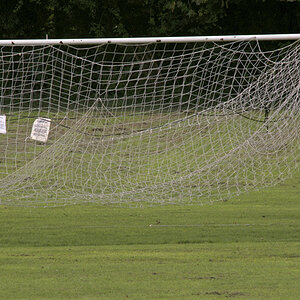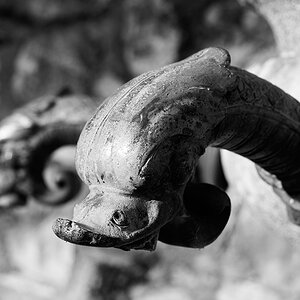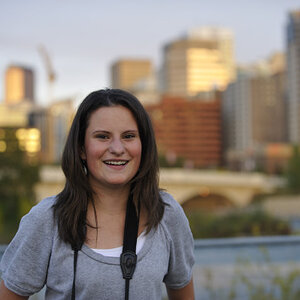R6_Dude
TPF Noob!
- Joined
- Jan 14, 2010
- Messages
- 151
- Reaction score
- 0
- Location
- SoCal
- Can others edit my Photos
- Photos OK to edit
So I've been reading a lot of post (as well as member signatures) and have a question in regards to the reason for purchase of a certain lens.
Lets keep all F stops constant on these lens I am about to mention.
For example.....why would one feel it necessary for a 17-40mm when their is already a 18-55 kit lens?
Or....why would one feel it is necessary for a 28-135 if they already have a 55-250 lens and a 18-55?
One more....why would a 10-22 be considered rather a 11-16 if there is the option for the 18-55.
I think you see what I'm getting at. If the focal length over lap each other why get an additional lens?
Is it simply a convenience factor (although you'll have a ton of lens to carry around)? Are the glass that much better? Will the glass give it a big notable difference.
Again....VERY noobish question, I was waiting to see if I can find it through search or another noob to ask but a curious mind asks questions haha.
but a curious mind asks questions haha.
Lets keep all F stops constant on these lens I am about to mention.
For example.....why would one feel it necessary for a 17-40mm when their is already a 18-55 kit lens?
Or....why would one feel it is necessary for a 28-135 if they already have a 55-250 lens and a 18-55?
One more....why would a 10-22 be considered rather a 11-16 if there is the option for the 18-55.
I think you see what I'm getting at. If the focal length over lap each other why get an additional lens?
Is it simply a convenience factor (although you'll have a ton of lens to carry around)? Are the glass that much better? Will the glass give it a big notable difference.
Again....VERY noobish question, I was waiting to see if I can find it through search or another noob to ask
 but a curious mind asks questions haha.
but a curious mind asks questions haha.



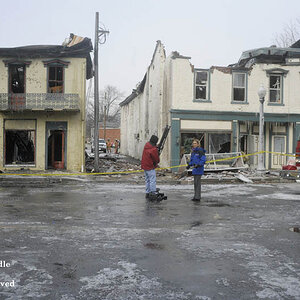
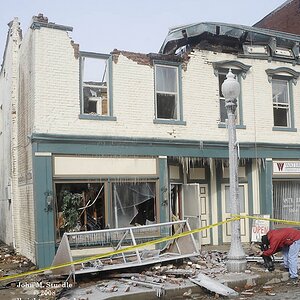

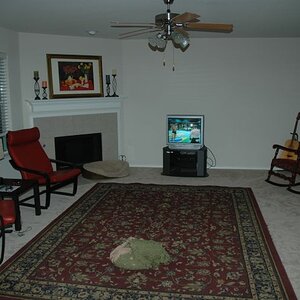
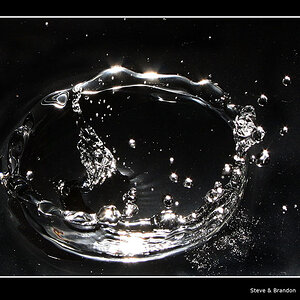
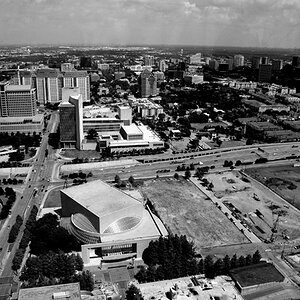
![[No title]](/data/xfmg/thumbnail/38/38724-0b9c26c57726c91c6c504310e4428e55.jpg?1619738702)
